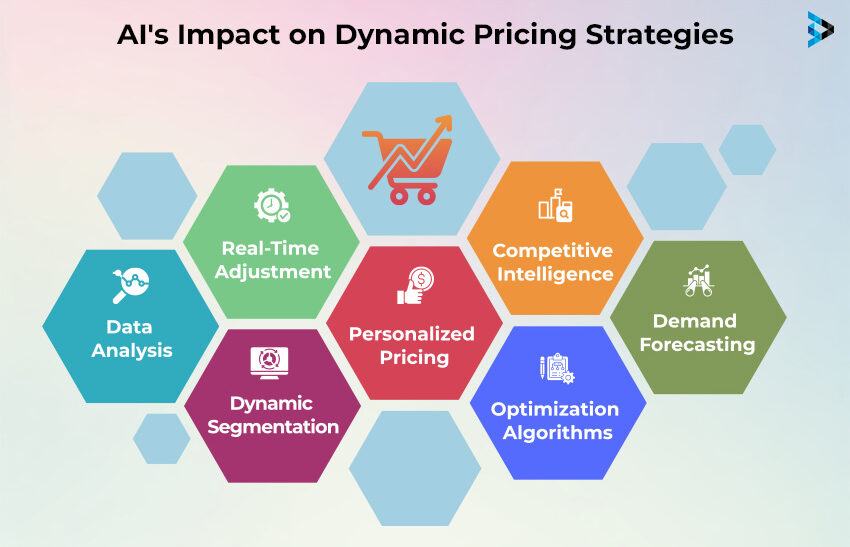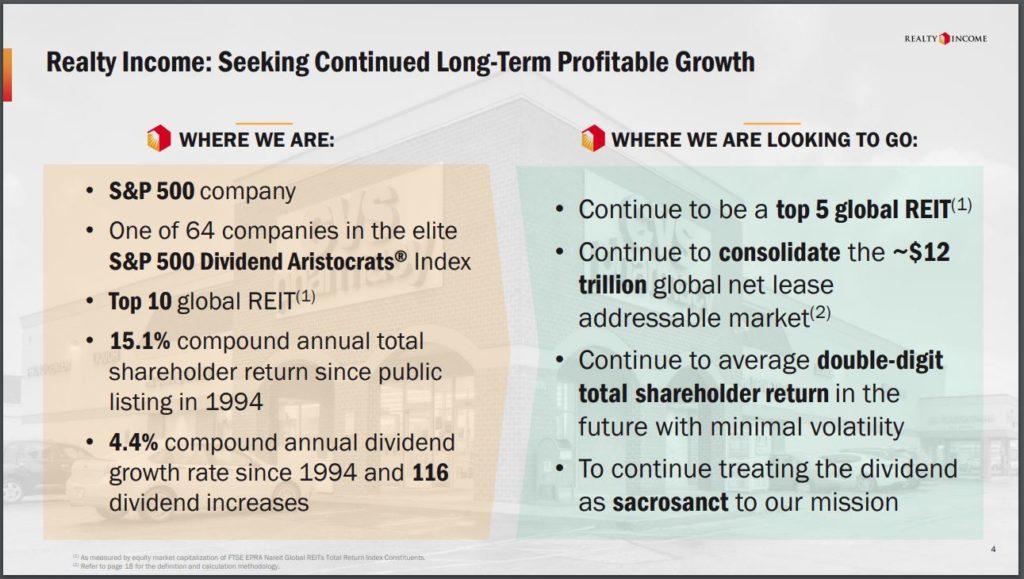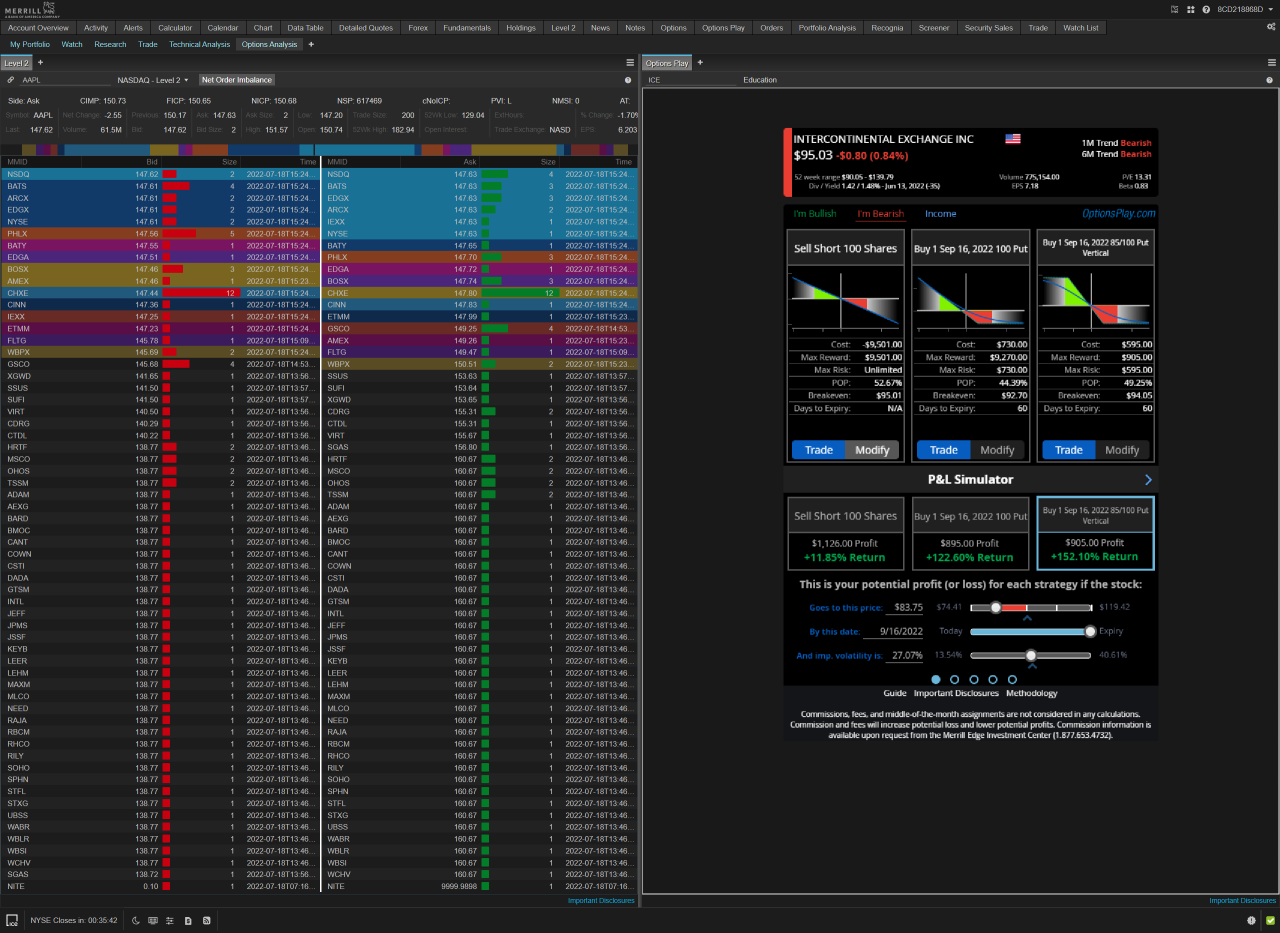Exploring the realm of AI-Driven Pricing Strategies and its impact on boosting eCommerce revenue, this introduction sets the stage for a deep dive into the dynamic world of pricing strategies.
Providing insights into the significance of dynamic pricing and its correlation with revenue growth, the following paragraphs will unveil the intricacies of this innovative approach.
Introduction to AI-Driven Pricing Strategies
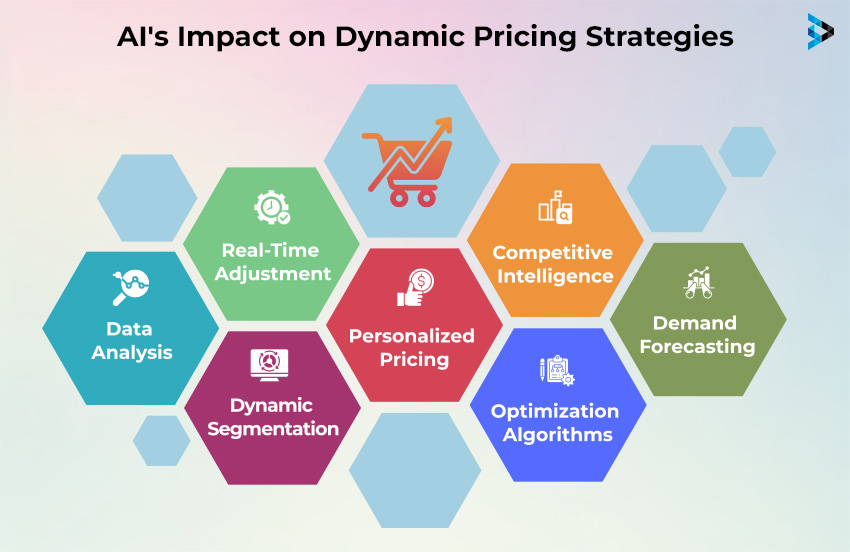
AI-driven pricing strategies in eCommerce refer to the use of artificial intelligence algorithms and machine learning techniques to dynamically adjust prices based on various factors such as demand, competition, and customer behavior. These strategies enable online businesses to optimize pricing in real-time to maximize revenue and profit.
Dynamic pricing plays a crucial role in increasing revenue for online businesses by allowing them to set prices based on market conditions, competitor pricing, and customer segmentation. By analyzing vast amounts of data, AI algorithms can identify pricing trends and adjust prices accordingly to capture maximum value from customers.
Examples of Successful Companies Using AI-Driven Pricing Strategies
- Amazon: The e-commerce giant uses AI algorithms to adjust prices in real-time based on factors like demand, competitor prices, and customer behavior. This dynamic pricing strategy has helped Amazon increase sales and maintain a competitive edge in the market.
- Uber: The ride-sharing company leverages AI-driven pricing to adjust fares based on demand and supply. By implementing surge pricing during peak hours, Uber maximizes revenue while ensuring efficient allocation of resources.
- Netflix: The streaming platform uses AI algorithms to personalize pricing based on user preferences, viewing history, and engagement levels. This dynamic pricing strategy has helped Netflix attract and retain subscribers by offering tailored pricing plans.
Benefits of Dynamic Pricing in eCommerce
Dynamic pricing in eCommerce offers numerous benefits that help businesses stay competitive in the market. By leveraging AI-driven algorithms to adjust prices in real-time based on various factors such as demand, competition, and customer behavior, eCommerce companies can optimize their pricing strategies for maximum profitability.
Increased Competitiveness
Dynamic pricing allows eCommerce businesses to react quickly to market changes and competitor pricing strategies. By automatically adjusting prices based on real-time data, companies can stay ahead of the competition and ensure that their prices remain competitive. This agility in pricing helps attract price-sensitive customers and retain loyal ones, ultimately boosting revenue and market share.
Comparison with Traditional Pricing Strategies
Unlike traditional pricing strategies that rely on fixed prices or periodic discounts, dynamic pricing takes a more proactive approach by continuously analyzing market conditions and adjusting prices accordingly. This dynamic approach ensures that eCommerce businesses can maximize revenue by capturing the full value of their products and services, rather than relying on static pricing models that may not reflect true market demand.
Real-world Scenarios
One notable example of dynamic pricing leading to revenue growth is in the airline industry. Airlines use dynamic pricing algorithms to adjust ticket prices based on factors such as demand, time until departure, and competitor pricing. By implementing dynamic pricing strategies, airlines have been able to optimize revenue by offering personalized pricing to different customer segments, resulting in increased profitability.Another example is in the retail industry, where eCommerce companies use dynamic pricing to match prices with competitors, offer personalized discounts, and optimize pricing for seasonal promotions.
By leveraging AI-driven pricing strategies, retailers can maximize revenue and stay competitive in the fast-paced eCommerce market.Overall, dynamic pricing in eCommerce offers a strategic advantage to businesses looking to increase revenue, attract customers, and stay ahead of the competition in today's digital marketplace.
Implementation of AI-Driven Pricing
Implementing AI-driven pricing strategies involves leveraging advanced technology to optimize pricing decisions in real-time. By utilizing machine learning algorithms, businesses can adapt to market changes efficiently, leading to increased revenue and competitiveness in the eCommerce landscape.
Technology behind AI-Driven Pricing Algorithms
AI-driven pricing algorithms utilize sophisticated machine learning models to analyze vast amounts of data and predict optimal pricing strategies. These algorithms consider various factors such as customer behavior, competitor pricing, inventory levels, and external market conditions to determine the most profitable price points.
- AI algorithms use historical data to identify patterns and trends, enabling businesses to predict future demand and adjust prices accordingly.
- Dynamic pricing models continuously update prices based on real-time information, ensuring that pricing decisions are always aligned with market dynamics.
- By automating the pricing process, AI-driven algorithms can optimize prices across different products and segments, maximizing revenue potential.
Machine Learning Models Adaptation for Dynamic Pricing
Machine learning models play a crucial role in AI-driven pricing strategies by continuously learning from new data and adapting to changing market conditions. These models evolve over time, becoming more accurate in predicting customer behavior and demand patterns.
- Reinforcement learning algorithms enable AI systems to learn from feedback and adjust pricing strategies based on outcomes, improving decision-making capabilities.
- Deep learning models analyze complex relationships between various pricing factors, allowing businesses to make data-driven pricing decisions with precision.
- By leveraging advanced AI technologies, businesses can achieve dynamic pricing that responds swiftly to market fluctuations, maximizing revenue and profitability.
Best Practices for Implementing AI-Driven Pricing Strategies
Implementing AI-driven pricing strategies effectively requires a strategic approach and careful consideration of key factors. Businesses can optimize their pricing processes by following best practices tailored to their specific needs and objectives.
- Define clear pricing objectives and KPIs to measure the effectiveness of AI-driven pricing strategies.
- Integrate AI systems with existing pricing tools and software to streamline operations and enhance decision-making processes.
- Regularly monitor and evaluate pricing performance to identify areas for improvement and fine-tune pricing algorithms for better results.
Factors Influencing AI-Driven Pricing
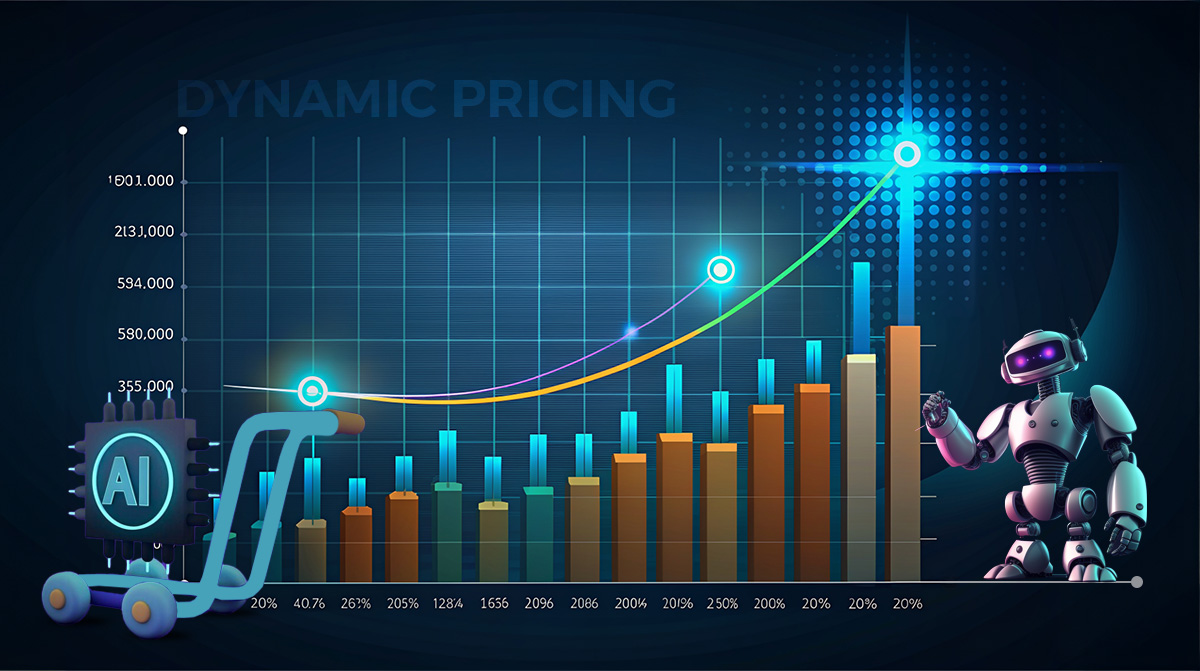
Dynamic pricing decisions are influenced by various key factors that play a crucial role in determining optimal prices for products or services. Data analytics and AI technologies are leveraged to personalize pricing strategies based on customer behavior and preferences, ultimately maximizing revenue potential.
Data Analytics for Optimal Pricing
Utilizing data analytics is essential for setting optimal prices in dynamic pricing strategies. By analyzing historical sales data, market trends, competitor pricing, and customer demographics, businesses can gain valuable insights to make informed pricing decisions. This data-driven approach enables companies to adjust prices in real-time to meet demand fluctuations and maximize profitability.
Personalization Based on Customer Behavior
AI-driven pricing allows businesses to personalize prices based on individual customer behavior and preferences. By tracking customer interactions, purchase history, and browsing patterns, AI algorithms can identify price sensitivity and tailor pricing strategies to maximize conversion rates. This personalized approach enhances customer satisfaction and loyalty, leading to increased sales and revenue.
Challenges and Limitations of Dynamic Pricing
Implementing AI-driven pricing strategies comes with its own set of challenges and limitations that businesses need to be aware of. From technical complexities to ethical considerations, here are some key points to consider:
Technical Challenges
- Complexity of AI algorithms: Developing and implementing advanced AI algorithms for dynamic pricing can be a complex and time-consuming process.
- Data quality and availability: Dynamic pricing relies heavily on accurate and real-time data, which can be a challenge to obtain and maintain.
- Integration with existing systems: Integrating AI-driven pricing solutions with existing eCommerce platforms and systems can pose technical challenges.
Ethical Considerations
- Price discrimination concerns: Dynamic pricing can lead to concerns about price discrimination based on customer demographics or purchasing behavior.
- Transparency and trust: Customers may feel distrustful of businesses that use dynamic pricing strategies, leading to a negative impact on brand reputation.
- Fairness and equality: Ensuring that dynamic pricing practices are fair and do not exploit customers is crucial for maintaining ethical standards.
Overcoming Limitations and Mitigating Risks
- Implement transparency: Communicate openly with customers about the dynamic pricing strategies being used and how prices are determined.
- Monitor and adjust: Regularly monitor pricing algorithms and adjust them to ensure fairness and accuracy.
- Customer feedback: Listen to customer feedback and address any concerns related to dynamic pricing to build trust and loyalty.
Case Studies and Success Stories
In the world of eCommerce, AI-driven pricing strategies have revolutionized the way businesses set prices and maximize revenue. Let's dive into some case studies and success stories that showcase the power of dynamic pricing.
Amazon: The eCommerce Giant
Amazon is a prime example of a company that has successfully implemented AI-driven pricing to boost its revenue. By analyzing customer behavior, competitor prices, and market trends in real-time, Amazon adjusts its prices dynamically to stay competitive. This strategy has not only increased Amazon's revenue but also improved customer satisfaction by offering the best prices.
Uber: The Ride-Hailing Innovator
Uber, known for its ride-hailing services, has also leveraged dynamic pricing to maximize profits. By using AI algorithms to calculate surge pricing based on demand and supply, Uber ensures that prices reflect the current market conditions. This approach has significantly increased Uber's revenue during peak hours while balancing supply and demand efficiently.
Airbnb: The Accommodation Platform
Airbnb, a popular accommodation platform, utilizes AI-driven pricing to optimize rates for hosts and guests. By considering factors such as location, property type, and seasonality, Airbnb's dynamic pricing strategy helps hosts attract more bookings and earn higher revenue. Guests benefit from competitive prices that align with market trends, making Airbnb a win-win platform for both parties.
Conclusion
These case studies demonstrate the tangible benefits of AI-driven pricing strategies in eCommerce. By leveraging dynamic pricing, companies like Amazon, Uber, and Airbnb have not only increased their revenue but also enhanced the overall customer experience. As technology continues to advance, more businesses are likely to adopt AI-powered pricing solutions to stay competitive in the ever-evolving digital landscape.
Ending Remarks
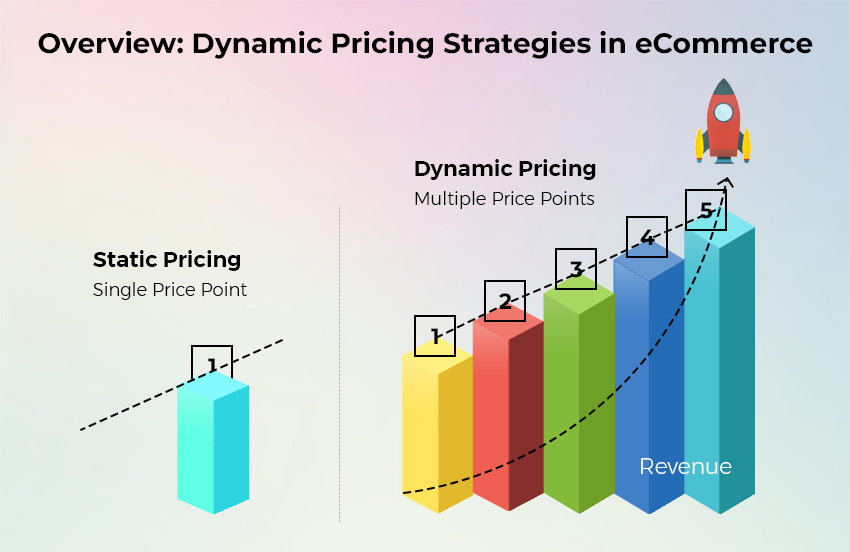
Wrapping up our discussion on AI-Driven Pricing Strategies and the power of dynamic pricing in enhancing eCommerce revenue, this conclusion encapsulates the key takeaways and leaves readers pondering the future of pricing strategies in online businesses.
Answers to Common Questions
What are the common challenges faced in implementing AI-Driven Pricing Strategies?
Some common challenges include data accuracy, algorithm complexity, and customer acceptance of dynamic pricing models.
How can businesses effectively implement AI-Driven Pricing Strategies?
Businesses can effectively implement AI-Driven Pricing Strategies by investing in robust data analytics, leveraging machine learning algorithms, and continuously monitoring market trends.
Is dynamic pricing ethical?
While dynamic pricing raises ethical concerns related to price discrimination, transparency in pricing strategies can help mitigate these issues.

